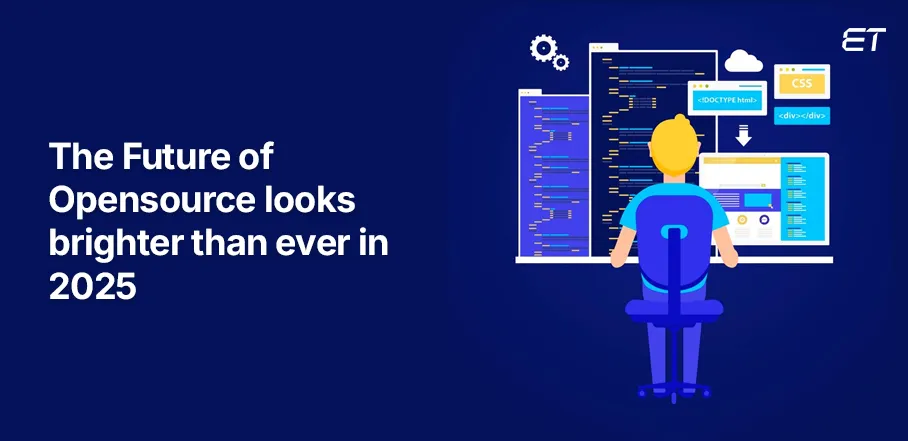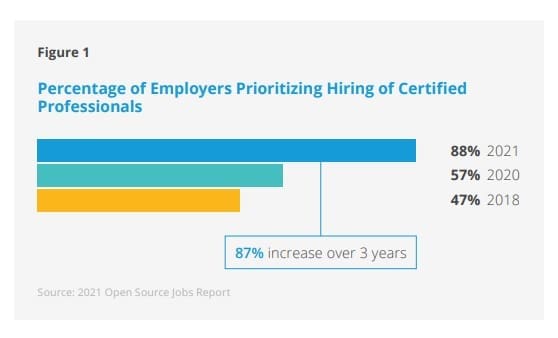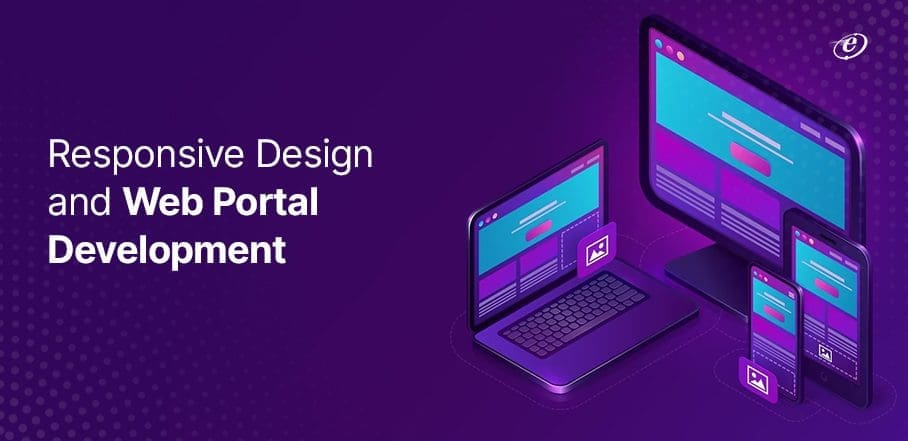
The Future of Opensource looks brighter than ever in 2025
The rapid technological progress and endless bottlenecks to innovation make predicting the future in the computing sector more difficult and riskier. Only a small percentage of inventions are actually disruptive. Some are impractical or inefficient, while others are ahead of their time or simply lack a market. There are many examples of superior technologies that were never implemented because other technologies came on time or performed better in the market.
Opensource software is widely used in many industries, and more and more organizations are using and developing software than ever before. All businesses are now “software businesses.” As a result of the epidemic, more businesses have adopted software to provide their products and services via a website or an app. Opensource software is used in all aspects of software development, and it will continue to grow in 2022. Total global revenue in the opensource services market is expected to grow into a 30-billion-dollar industry by 2022.

The expansion of Opensource technologies, as well as the gradual awareness that we will see across industries, will be a recurrent trend for this year. The use and extension of opensource will be fueled by awareness, hence 2022 will be the year of awareness and growth.
Let’s take a look at top Opensource software trends for 2022:
The demand for Opensource expertise is growing.
The growing variety of stacks used in software development, operations, and data science, the demand to hire dedicated developers will continue to rise. Cloud environments and DevOps tooling, as well as Kubernetes, Python, PyTorch, and Opensource data technologies, will continue to be in high demand. Experienced professionals will have a myriad of work opportunities, and the poaching of expertise in opensource technology will increase, as will expected salaries. Check out the Linux Foundation’s 9th Annual Report on Critical Skills, Hiring Trends, and Education which proves that finding people with the necessary Opensource skills is already difficult.

Increased Opensource security awareness and supply chain attack resistance
CEOs and IT executives will recognize the extent of Opensource use in their businesses, resulting in increased security budgets. A rise in the use of tools to scan for vulnerabilities in opensource software will result from growing awareness of the thousands of opensource libraries used in all software development. Organizations that have a better understanding of opensource security will stay up to date on the newest opensource software versions and updates, increasing their overall security posture. Threat actors breach third-party software to acquire access or insert malicious software using an unpatched opensource vulnerability. In 2022, we’ll see a rise in opensource technologies like digital signature services to prevent supply chain attacks, thanks to increased awareness and expertise. A custom web application development company with expertise in open source development can help businesses navigate through the various options available.
Rapid adoption of containers and Kubernetes
Keeping with the awareness theme, we’ll witness increased adoption of container format and runtime standards. With this adoption, compatible opensource container formats such as Docker and Podman will be able to be used more widely under the same standards as those outlined in the Open Container Initiative. Unlike other opensource technologies that have been adopted by developer teams, the case of container orchestration via Kubernetes has been embraced by IT Operations teams. A similar shift from physical hardware to virtual machines (VMs), which occurred over the last few decades, is now emerging with the introduction of containers and Kubernetes, as well as the addition of Kubernetes operators to complete the stack. Despite the steep learning curve and technical support necessary, Kubernetes, the most successful opensource project in recent history, is on track to surpass previous adoption records in 2022.
Time for ethical AI to be acknowledged and implemented
Artificial intelligence (AI), machine learning (ML), deep learning (DL), and data technologies are all using opensource software. AI opensource tooling will become more widely available in 2022, including the intersection with containers in projects like Kubeflow. The year 2022 is expected to see a major increase in ethical AI awareness and implementation. The ultimate purpose of opensource tools for ML/DL algorithms is to maintain them easily decipherable, explainable, and fair. AI Fairness 360, Fairlearn, and Aequitas are some of the tools that make countering AI bias easier on the technical side. Data scientists may examine their models with tools like AI Explainability 360 and Iml, while security with the Adversarial Robustness 360 toolset protects against adversarial attacks including evasion, poisoning, extraction, and inference. The growing adoption of these Opensource technologies will help to improve and build confidence in AI applications.
Emerging fundamentals in BFSI will be driven by blockchain
Although the industry may debate whether blockchain is beneficial or not, the use of this technology in corporate and consumer applications is projected to continue to expand. Blockchain is considered as a solution that will provide complete transparency in corporate transactions, ranging from greater supply chain optimization to the ability to reduce fraud and increase security. A majority of respondents in Deloitte’s 2021 Global Blockchain Survey indicated Blockchain, digital assets, and crypto solutions would bring new revenue streams to their sectors. The BFSI sector is fascinated by Blockchain for a multitude of reasons, the most obvious of which is that it is extremely safe. Because it is based on Opensource software code, it has an openness to it, which makes it transparent, dependable, and secure. Overall, opensource for blockchain allows for decentralization, load reduction, more transparency, and the exploration of new possibilities.
InnerSource will come out in the open
More InnerSource projects are in the works, and they aren’t only for tech companies. Financial institutions, the governmental sector, research facilities, and many other entities are included in the estimate. Non-Opensource software will continue to employ Opensource software development industry standards and construct an opensource-like environment behind closed doors. Organizations will continue to perceive the advantages of open collaboration, contributions, and speed as a first step towards open-sourcing projects or simply as the best practices. InnerSource will also see an increase in the use of Opensource software, which will necessitate more expert guidance and assistance across a wider range of Opensource products.
Web 3.0, the next generation of the internet
Web 3.0 is a blockchain-based version of the World Wide Web that includes principles like decentralization and token-based economics. Web 3 is expected to be the next significant step for us, based on AI-driven services, decentralized data structures, and edge computing. It will be permissionless, opensource, and progressively decentralized. Whatever you are searching is AI governed, which help it generate ideas for you. Peer-to-peer transactions are remodeled by decentralized data structures. The combination of edge computing and 5G speeds up user connections. According to a recent Forbes article, these three will come together in 2022 to usher in the next technological revolution. Flexible and Opensource infrastructures are enabling this digital leap, but there is still more work to be done before Web 3.0 becomes a reality.
Promising Advancements in diversity and inclusion
Diversity, equality, and inclusiveness have long been an integral part of Opensource software. For almost 30 years, being open with freedom was a component of the Opensource infrastructure. The Opensource communities and foundations have taken up the challenge of incorporating social reforms into their initiatives. GitHub Diversity, Opensource Diversity, Opensource.com, the TODO group, The Linux Foundation SDDI, IBM’s Call for Code, Apache Diversity, and others are a few examples of Opensource community initiatives. In the years to come, actively promoting diversity and encouraging and bringing in more different people will only strengthen Opensource technologies and accelerate innovation.
The use of Opensource technologies is a necessary component of application development. So, as you prepare to embrace Opensource Technology in 2022, keep in mind that opensource isn’t exactly “free” — it comes with its own set of benefits and drawbacks.



